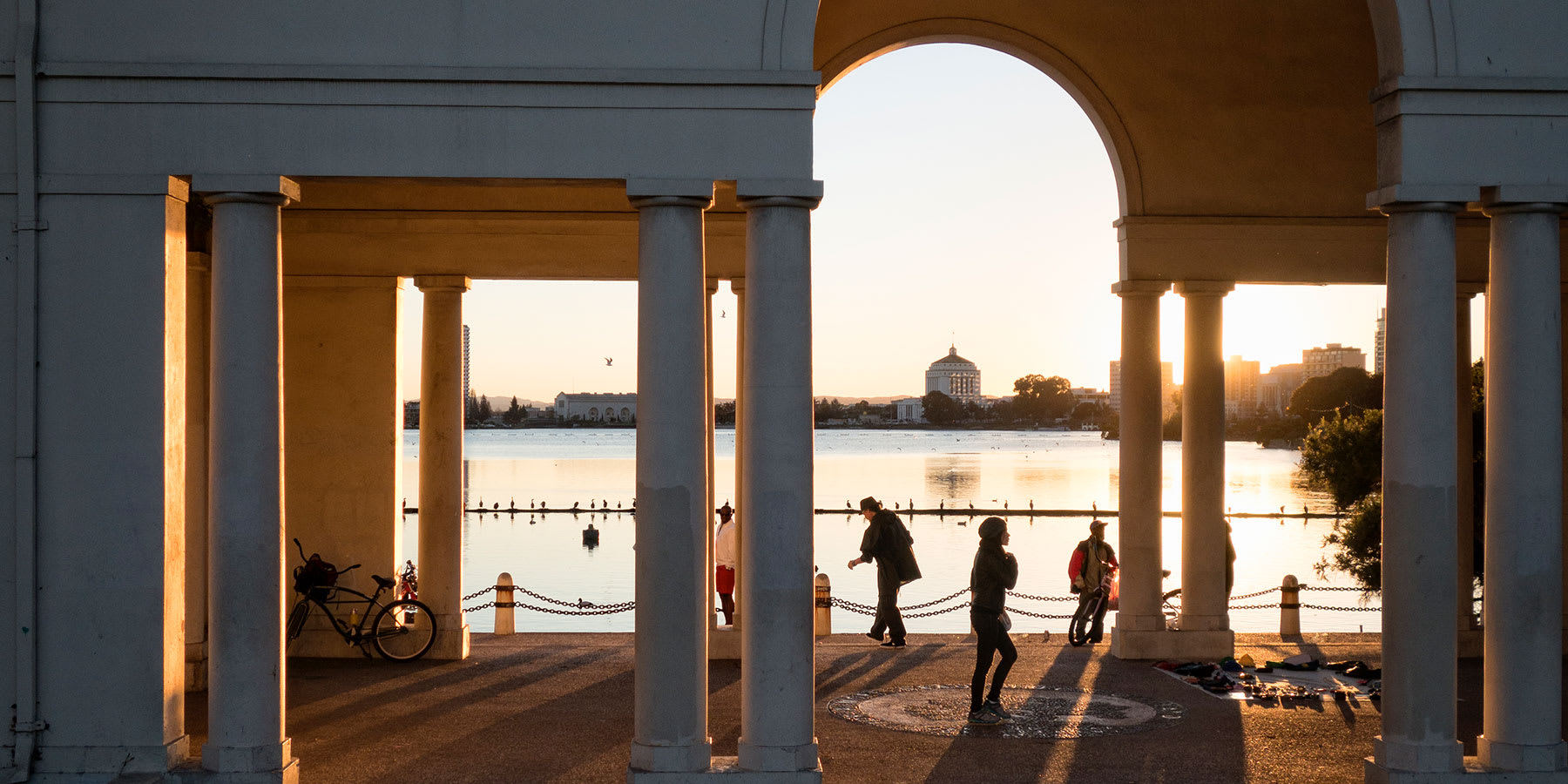From the CEO’s Desk Newsletter

Full Disclosure: EBCE Is Greener
Photo courtesy of Jerome Paulos.
Because EBCE is publicly-owned and governed, we go the extra mile to be transparent. This includes mailing cards to our customers featuring our new power content label, disclosing the sources of the electricity we procure on behalf of 550,000 customers in Alameda County.
The label is like the nutrition label found on packaged food. Just as a nutrition label provides information about the healthiness of the food you eat, the power content label shows whether your power sources are healthy for the planet.
We also track and report our emissions data. EBCE has joined The Climate Registry, a non-profit that tracks greenhouse gas emissions for voluntary programs and legal compliance.
“It shows we are making good on our promise to customers, to be cheaper and greener,” says Annie Henderson, EBCE’s VP of Marketing and Account Services. “We are leading on the transition to cleaner energy.”

Our Products
For 2018, Bright Choice, our basic product, was 41 percent renewable (wind, solar, and a little geothermal), 21 percent large hydroelectric, and 38 percent from “unspecified sources.”
Unspecified means it comes from the regional electricity market, and isn’t traceable to a specific power plant. But we do know that over 75 percent of EBCE’s unspecified power comes from suppliers in the Pacific Northwest (known as Asset Controlling Suppliers), which is supplied primarily by carbon-free large hydroelectric power from the northwest hydro system.
Unspecified power has the additional benefit of coming through short-term contracts, or spot market purchases. By not locking in 100 percent of our demand with long-term contracts, we get flexibility in case demand is different than expected, like if customers unexpectedly opt out or the weather is different than forecast. PG&E’s power mix doesn’t currently contain any unspecified power because it has an excess of generation contracts, due to large numbers of customers moving over to CCAs.
EBCE’s Brilliant 100 product is pegged to be the same price as PG&E’s regular option. While PG&E’s mix includes a wide variety of fuel sources, including 34 percent from the Diablo Canyon nuclear plant and 15 percent from natural gas in 2018, Brilliant 100 is entirely from wind, solar, and large hydroelectric plants. That makes it a zero-emission option, producing no greenhouse gases.
(A note about hydroelectric power: all hydropower is renewable, since it comes from moving water, which is driven by natural forces of evaporation, precipitation, and gravity. But large hydro dams, like the Shasta dam in northern California, are not counted toward compliance with the state’s Renewable Portfolio Standard, a legislative mandate that power providers use a growing amount of renewable energy. Only dams less than 30 megawatts count toward the requirement, so are deemed “eligible hydroelectric.”)
On the greenest end of the spectrum are EBCE’s Renewable 100 and PG&E’s SolarChoice products, both drawing entirely from renewable energy. While both are all-renewable, EBCE’s is split between wind power and solar power, while PG&E’s is all solar.
Carbon Footprint
Our products are cleaner than PG&E as well. Bright Choice had a carbon footprint of 100.75 lbs of CO2 per megawatt-hour in 2018, while Brilliant 100 and Renewable 100 are zero-carbon.
This compares to Pacific Gas & Electric’s rate of 206.29 lbs per MWh, as of 2018. The California average in 2017 was 474 lbs per MWh and the 2018 national average was 990 lbs. This makes EBCE’s basic product about 90 percent cleaner than the national average.
It’s easy to calculate your personal carbon emissions. Just sign in to your PG&E account to look at your bill, find the total electricity consumption per month (in kilowatt-hours), and multiply that by 0.1 lbs. For example, 300 kWh of Bright Choice would result in about 30 lbs of carbon dioxide emissions.To eliminate those emissions, you can opt up to our other products.
So far, about ten percent of EBCE customers have opted up to greener products — 9 percent to Brilliant 100 and 1.3 percent to Renewable 100. Most of these have been from city councils choosing the plans as the default option for their city’s customers. EBCE will be running an opt-up campaign in conjunction with the 50th anniversary of Earth Day in April.
The Piedmont City Council voted earlier this year to enroll all residential and municipal accounts in Renewable 100. By opting up, they said, “our community will make significant steps towards reaching the greenhouse gas emissions reduction targets of our recently-adopted Climate Action Plan 2.0.” Hayward and Albany have opted for Brilliant 100 for most accounts, both residential and non-residential.
Residents in those cities, and all EBCE member cities, are still free to change their supply option to whatever they like.
Other EBCE customers have gone green by installing their own solar panels. As of the end of 2019, there were 29,905 solar customers in our service territory, about five percent of all customers. The top areas are Oakland, Fremont, and Livermore, with at least 4,800 systems each. Total generating capacity is 228 megawatts. Livermore has the most capacity, with over 44 megawatts or about 19 percent of the total, while Oakland has the most systems, with 6,700.